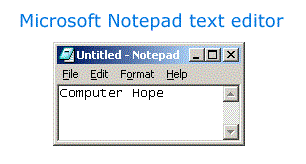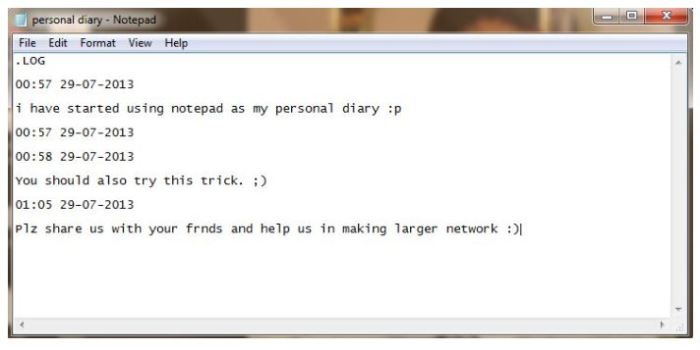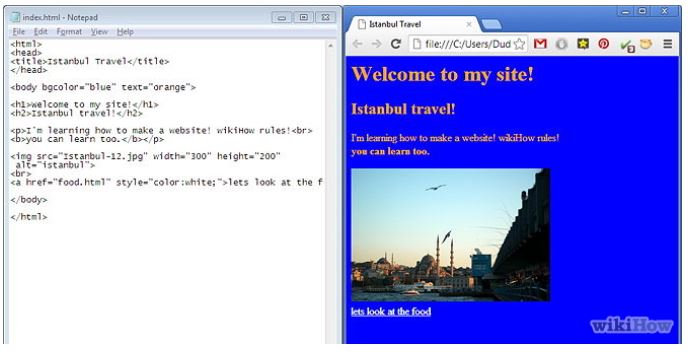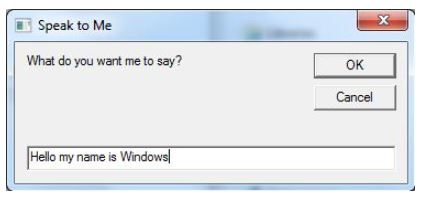Just like we humans our companions of the animal kingdom,,have the skeletol system pretty same as ours and they are prone to accidents and injuries just like we do.While most of the injuries in animals are considered fatal.Some like bone injuries are absolutely treatable.
But unlike in humans these processes may be more tiresome and often difficult not only for the vets but also for the poor animals.
We may just remember the case of the Police horse SHAKTIMAN which recently made news.The poor animal got unduely involved and suffered blows of one of the rioters sticks AND suffered injuries on its long bone.
Even though a lots of vets rushed in to help and and surgeries were performed ,SHAKTIMAN couldn’t make it.
Vets all over the globe considered this long bone injury as the most difficult one.Reasons behind this is that the whole body is on support of this long bones.And unlike humans they cant be put to rest like humans.
Fractures and their management differ characteristically base on nature of injury and the treatment method used.
When abnormal stress is placed upon the skeletal system, fractures or breaks of the bones may occur. All the possible fracture types and the proper corrections of fractures are described by difficult terminology. Basically, we refer to fractures not only based on the name of the bone broken but also on the characteristics of the break itself.
Types of fractures
There are four commonly seen fractures in the animals: closed, compound, epiphyseal (growth plate), and greenstick (hairline). These first three types can be further characterized by whether they are simple fractures in which the bone breaks into only 2 or 3 pieces, or comminuted where the bone shatters into many pieces.
 |
Closed Fractures: Closed fractures are those in which the skin is not broken. The bone is fractured, but the overlying skin is intact.
Greenstick Fractures: Greenstick fractures are small cracks within the bone which leave the bone basically intact, but cracked. In other words, the bone is not completely broken.
Compound Fractures: Compound fractures are breaks in which the broken bone protrudes through the skin, and is exposed to the outside. Compound fractures are risky in that the bones can be contaminated with dirt and debris, resulting in an infection.
Epiphyseal Fractures: Epiphyseal fractures are commonly seen in young, growing dogs. In animals less than one year of age, there are soft areas near the ends of each long bone where growth takes place. These soft areas are referred to as growth plates or epiphyseal plates. Because these are areas of growth, they are rich in immature non-calcified cells that form a soft, spongy area of the bone. These growth plates are more easily fractured because they are the weakest part of the bone. The distal ends of the femur (thigh bone) and humerus (upper front leg) seem to be particularly susceptible to this fracture.
What is the management?
Just as in human medicine, splints, casts, pins, steel plates and screws can be used to realign the bone and allow healing. The treatment depends on the type of fracture, age of the animal, and which bone is broken. Compound fractures in which the risk of infection is high are treated differently than closed fractures. Growing puppies may heal in as little as five weeks, and because of their size they put less weight on the bone. Therefore, a fracture in a young puppy may be treated with a cast but the same fracture may need to be ‘pinned’ in a geriatric (senior) dog in which healing may take twelve weeks or more. Hairline fractures may only require rest, while surgical intervention will usually be needed in more severe fractures. Careful evaluation by a veterinarian will determine the proper treatment.
while the Greenstick Fractures and Epiphyseal Fractures are easier to treat and less painful.The other two forms i.e.COMPOUND AND CLOSED Fractures are more difficult and fatal for poor animals.
Treatment of these often involve plates for internal fixation
A little HISTORY?
Plates for internal fixation of fractures have been used for more than 100 years. Plating of fractures began in 1895 when Lane first introduced a metal plate for use in internal fixation.1 Lane’s plate was eventually abandoned owing to problems with corrosion (Fig. (Fig.1).1). Subsequently, Lambotte in 19092 (Fig. 2) and then Sherman in 1912 introduced their versions of the internal fracture fixation plate. Improvements in the metallurgical formulation of the plate increased their corrosion resistance; however, both designs were eventually abandoned as a result of their insufficient strength.
The next important development in fracture plate design was initiated in 1948 by Eggers.The Eggers plate had two long slots that allowed the screw heads to slide and thus compensate for resorption of the fragment ends. Widespread use of his plate was limited by its structural weakness and the resulting instability of the fixation (Fig. 3).
Birth of Compression plating.
Danis in 1949 recognized the need for compression between the fracture fragments. He achieved this goal using a plate he called the coapteur, which suppressed interfragmentary motion and increased the stability of the fixation (Fig. (Fig.44).5 It led to a mode of healing he called soudure autogène (autogenous welding), a process now known as primary bone healing (Fig. (Fig.5).5). His revolutionary concept influenced all subsequent plate designs.

In 1958 Bagby and Janes6 described a plate with specially designed oval holes to provide interfragmentary compression during screw tightening (Fig. (Fig.6).6). Müller et al. in 19657 presented another design that permitted interfragmentary compression by tightening a tensioner that was temporarily anchored to the bone and the plate (Fig. (Fig.7).7). The plate was heavier and thicker (4.5mm) than those designed by Eggers and Danis. With this design, Müller and his group set the stage for the rigid plating of fractures that resulted in a mode of bone healing characterized by the absence of periosteal callus formation. The appearance of any periosteal callus was interpreted as a sign of instability. “The appearance of callus after plate fixation may be an indicator for an unknown degree of instability.”8


The use of the tensioner was eventually abandoned in favor of oval holes with a design similar to that of the Bagby plate (Fig. 8). This new design, known as a dynamic compression plate (DCP), was claimed to have been developed without the knowledge of Bagby and Jane’s invention. Yet in 1967 Schenk and Willenegger, both members of a Swiss group of investigators, made reference to the compression technique advocated by Bagby and Janes. Although this plate was called a dynamic compression plate (DCP) only one-time static compression could be obtained.

The advantages of the DCP included low incidence of malunion, stable internal fixation, and no need for external immobilization, thus allowing immediate movement of neighboring joints. Meticulous surgical technique and an excellent teaching program further contributed to the advantages and success of this plating system.
Despite the obvious advantages, the developers of the DCP still looked for improvement in the design. This was probably because of certain disadvantages with the DCP that included delayed union as well as persistence of a microscopically detectable fracture gap that acted as a stress riser after plate removal. Cortical bone loss under the plate was another disadvantage (Fig. 9). Moreover, clinicians deplored the fact that it was impossible to assess the state of healing of the fracture radiologically. During physiological healing, disappearance of the fracture gap and development of an external bridging callus are criteria for assessing the state of healing of the fracture; they are not present after rigid internal fixation.
In light of possible refracture after plate removal, it was recommended that the plate not be removed for at least 15–18 months.7 A study by Kessler and colleagues showed that plate removal at an average of 20.1 months still resulted in refracture.11 Histologic examinations of 28 refractures confirmed that failure occurred at sites of absent gap bridging.
Two causes were thought to be responsible for refracture after plate removal.
The first hypothesis attributed refracture to inadequate rigidity of the fixation. As a consequence, double plating was recommended.12 This approach did not solve the problem of refracture.
The second hypothesis, advanced by Perren’s group, was that porosis and refractures are due to cortical necrosis that is secondary to excessive plate-bone contact interfering with cortical perfusion. The natural process of removal of the necrotic bone and its replacement by living bone was suspected to be the cause of transient porosis of the cortex. The duration of the transient porosis was not specified, but Perren and collaborators claimed that the temporary reduction of bone strength did not allow early plate removal owing to the possibility of refracture.
The Swiss group developed a new plate design intended to reduce the plate’s interference with cortical perfusion and thus decrease cortical porosis. The design was called the limited contact-dynamic compression plate (LC-DCP), which was claimed to reduce bone-plate contact by approximately 50%.The subsequent development of the point contact fixator reduced bone-plate contact to the point where it was essentially negligible.
DYNAMIC COMPRESSION PLATE-
HOW IT WORKS?
LIMITED CONTACT DYNAMIC COMPRESSION PLATE
WORKING.
In some cases where pieces of bone are lost completely,the joining becomes more difficult and union of the bones can be obtaines either y artificial bone fragment placement or stem cell treatment.
Researchers in Belgium have found a new way to mend broken bones by extracting stem cells from fatty tissue. They believe this new, non-invasive technique could be used to treat and mend various bone disorders.
Bone marrow stem cells have been used in regenerative medicine to repair bone for quite a while. Typically, stem cells are removed from bone marrow at the top of the pelvis, which is then injected back into the body. But the team at the Saint Luc university clinic hospital in Brussels have found a way to remove sugar cube-sized pieces of fatty tissue from patients, which they claim is far less invasive than poking a needle into the pelvis. The stem cell concentration is also much higher in fatty tissue.
“It is complete bone tissue that we recreate in the bottle and therefore when we do transplants in a bone defect or a bone hole…you have a higher chance of bone formation,” Denis Dufrane, the coordinator at the Saint Luc center, told Reuters. “Our hope is to propose this technology directly in emergency rooms to reconstitute bones when you have a trauma or something like that.”
The fatty tissue stem cell material is molded to fill fractures, similar to the dentist’s filling in a tooth. The material then hardens in the body, assisting the bone in healing. The Saint Luc university researchers tested this technique on 11 patients, eight of whom were children. One 13-year-old boy they treated had a fracture and disorder that prevented his body from repairing bones. Within 14 months of the treatment, the boy was able to play sports again.
Another study reviewed how stem cells could be used to become building blocks of new bone, signaling another treatment option for bone disorders like osteoporosis. Bone marrow stem cells are often used in treating rheumatoid arthritis as well as to assist in bone growth after graft transplantation.
There remain a few issues that need to be solved, however, before it can be used commercially or as a main form of treatment. “It is interesting and it is new, but it will have limitations regarding load-bearing capacity and, as with other implants, it will need to connect to the blood vessels of the body rapidly to avoid dying off,” Marco Helder, International Federation for Adipose Therapeutics and Science (IFATS) president who is based at Amsterdam’s Vrije University medical center, told Reuters. “Any foreign object can cause irritation and problems, so the fact that this is just host tissue would be an advantage.”
The next stage in treatment could be replacement of a true 3d printed copy of the actual bone and with the fractured one.
Many research has been done in the past years and many more is yet to be done.We can only hope for a better and effective treatment is designed .







